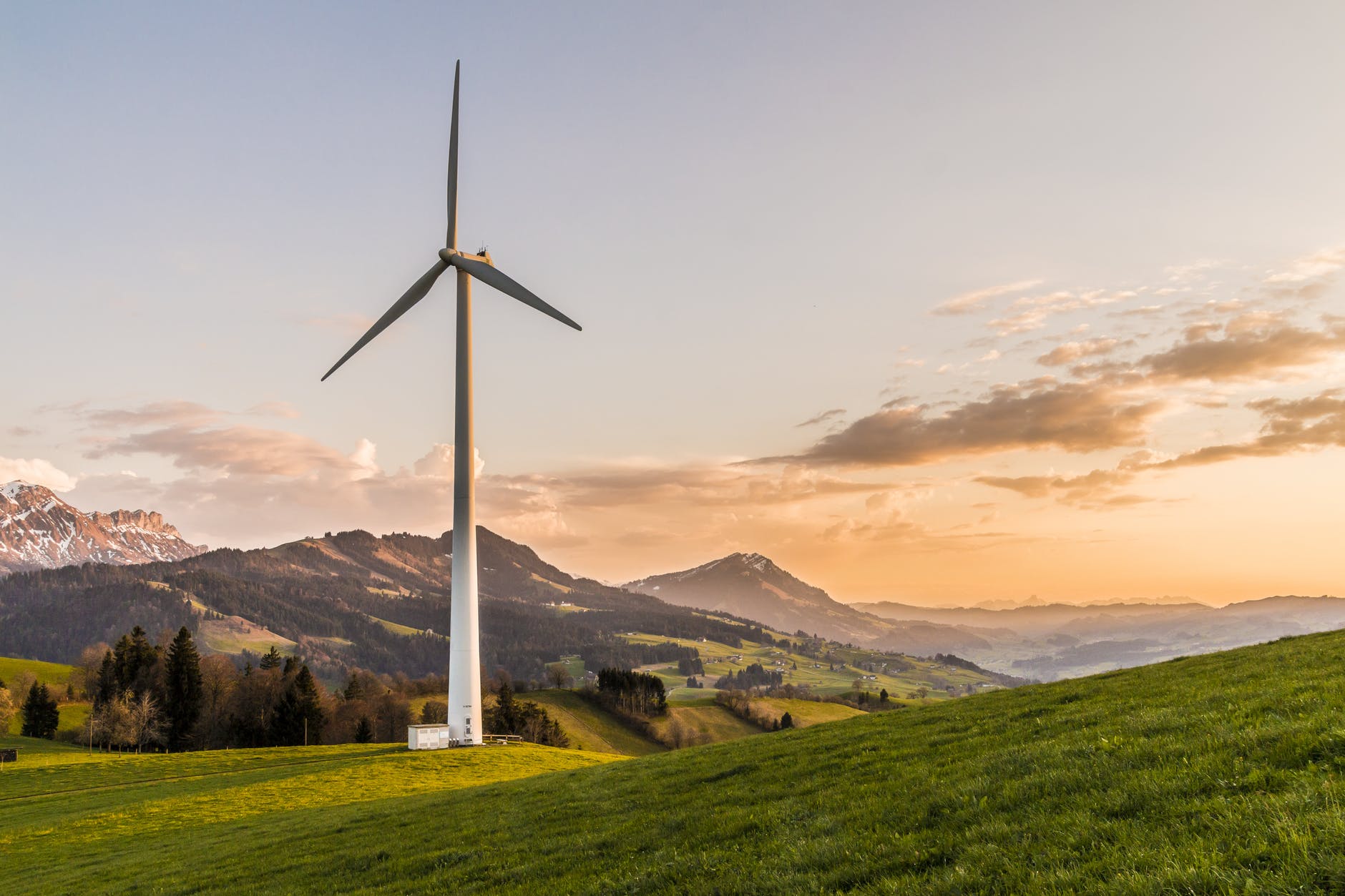
By Dr Nana Osei Bonsu, Research Fellow
Lloyds Banking Group Centre for Responsible Business, University of Birmingham
Yet businesses and states went home empty-handed, with their numerous delegates achieving no significant and clear pathways to keep the 1.5-degrees target alive. So what now?
Countries and businesses worldwide are stepping up their commitments to reduce greenhouse gas emissions (GHGs) in order to limit global warming to no more than 1.5 degrees Celsius by 2030. But how can they do it while also meeting the UN’s Sustainable Development Goals (SDGs) by 2030 at the same time? Can decision-makers navigate their countries and businesses through the net-zero transition and successfully bridge the gap between generic climate models and the impacts of climate change on ecosystems and communities at a local level, while also capturing the potential opportunities that lie ahead?
As the UN’s latest Climate Change Conference (COP27) Kicks off in Egypt it is time to ask whether we should continue with COP’s model of non-binding international commitments and hollow slogans or whether we should, instead, use more robust, future-oriented thinking to develop bespoke decarbonisation pathways that are more meaningful and legally-binding to help global climate governance at national and local levels.
The current approach, using generic climate models, is failing to resonate with many and excludes the kind of landscape-level details of climatic conditions, impacts and desires that help really engage local stakeholders. So new, innovative and more inclusive governance and policy development mechanisms are required to help imagine and realise a different future that averts the worst effects of climate change, from extreme heat, poverty, forest fires and drought to storms and floods – particularly in climate-vulnerable countries, like those in Africa.
One such mechanism could be developing local-level participatory scenarios, which help stimulate expert and creative debate and knowledge exchange among local stakeholders and decision-makers around an issue, including causal thinking and analysing interrelated problems and solutions. For example, workshops that took a structured, collaborative and futures-thinking approach to designing a sustainable land-use policy for a forest in Ireland in 2016 proved successful at taking into account the differing interests and values among stakeholders, as well as building trust and respect between them.
Such a ‘scenarios-thinking’ approach helps to fully imagine future challenges and capture the complexity, uncertainties, impacts and interactions of any proposed drivers of change. Mapping out and testing alternative development trajectories for countries, communities and businesses in this way could be much more effective in engaging them in any subsequent climate change/net-zero emissions policy and transition. This would inevitably lead to more robust policies that are supported and accepted by scientists, experts and stakeholders from all levels of society, and that take into account conflicting societal demands on what a net-zero transition should deliver.
Ultimately, participatory scenarios could be used to help governments more robustly benchmark and review their nationally-determined contribution (NDCs) towards the Glasgow Climate Pact. And beyond COP, it could help countries more generally to design innovative, coherent and plausible net-zero emissions and sustainability policy developments – policies that are capable of harmonising a net-zero transition with all interconnected SDGs and the benefits they will bring to the wellbeing of society, the environment and the economy.
- More about Dr Nana Osei Bonsu at the University of Birmingham
- More about the Lloyds Banking Group Centre for Responsible Business
- Back to Business School Blog
The views and opinions expressed in this article are those of the author and do not necessarily reflect the official policy or position of the University of Birmingham.
